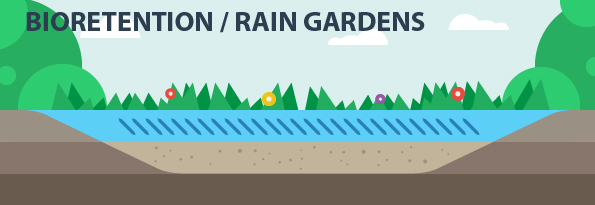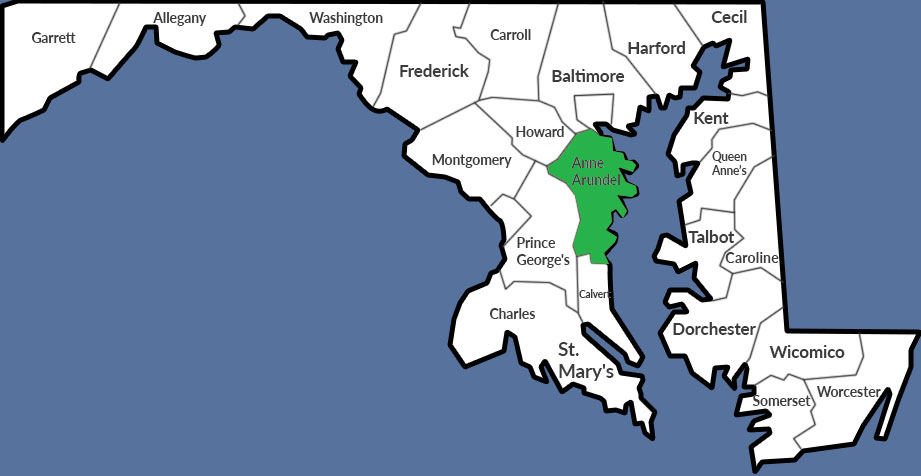Koons Toyota Parking Lot Retrofit

Parts of the Chesapeake Bay watershed contain a high percentage of impervious cover – paved or other hard surfaces such as roofs and roadways that prevent rain water from being absorbed into the ground. Instead, water runs along these surfaces, collecting trash and substances such as motor oil, lawn fertilizers, and pesticides. This polluted stormwater flows into streams and rivers, where it threatens aquatic ecosystems and public health.
Effective stormwater management, on the other hand, creates safe paths for polluted runoff to be captured and filtered through the ground before it reaches waterways. This helps keep the environment clean and our communities healthy!

Project location: Annapolis, MD
Problem: Annapolis’ Spa Creek watershed is predominantly comprised of commercial areas with a high percentage of impervious cover. Parking lots in particular are a major source of contaminants including not only motor oil and debris, but also pavement sealants, which contain carcinogens and can cause environmental degradation. Koons Toyota, a commercial landowner in the watershed, wanted to be part of the solution rather than the problem. When Koons expanded its existing West Street facility, it used the opportunity to retrofit its property to better manage stormwater.
Solution: Working in collaboration with the nonprofit Spa Creek Conservancy, Koons retrofitted its parking lot in order to treat runoff from both the lot and structures at the site. With funding from the National Fish and Wildlife Foundation (NFWF) and the Chesapeake Bay Trust, Koons created a bioretention area and installed rain gardens and bioswales to filter runoff. This reduced stormwater pollutant and nutrient loads by 38% to 87%, as well as removing more than 90% of suspended particles.
Scale: 1,772 square foot bioretention area
Funding sources: Annapolis Hyundai; Chesapeake Bay Trust; Koons Toyota; National Fish and Wildlife Foundation; Rich Morton Lincoln-Mercury


